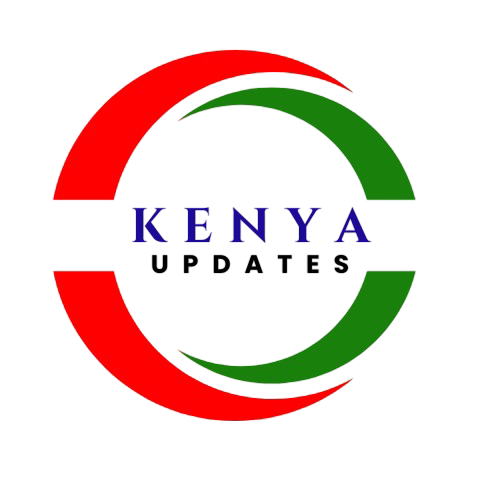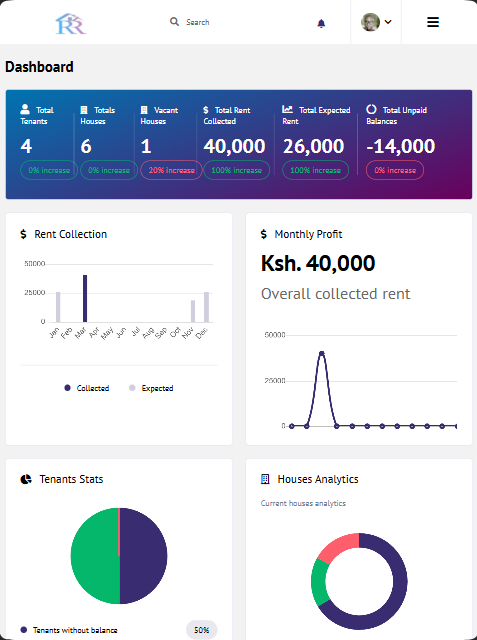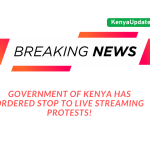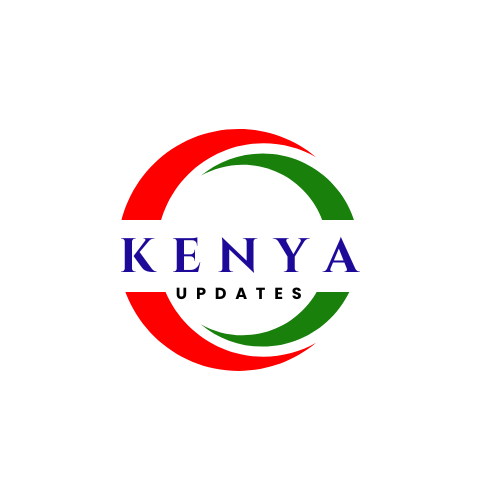Ever stared at a price tag or a tax form and wondered why some things seem to have "no tax," but it's not quite the same? In the world of taxes, especially when we talk about things like VAT (Value Added Tax), two terms often pop up: Zero-Rated and Tax-Exempt.
They might sound similar – in both cases, you, the final consumer, don't pay VAT on the item. But the difference is huge, especially for the businesses involved. Think of it like two different types of train tracks, both leading to a destination where no VAT is charged to the customer, but the journey for the supplier is very different!
Let's break it down:
Zero-Rated: The "Refund Express"
Imagine a business that sells goods or services that are zero-rated.
- What it means for the customer: When you buy a zero-rated item, you pay 0% VAT on it. No tax added to the price.
- What it means for the business: This is where the magic happens for the business. While they don't charge you VAT, they can claim back any VAT they paid on their own purchases (inputs) that were used to make or sell that zero-rated item.
Think of it like this:
Your business is a train transporting goods.
- You buy fuel (inputs) for your train, and you pay VAT on that fuel.
- But the goods you're carrying (the zero-rated items) are so important (like essential food items, or goods for export) that the government says, "Don't charge VAT on these goods to your customers."
- Crucially, the government also says, "And since you paid VAT on your fuel to get these goods moving, we'll give you back that VAT!"
Why does the government do this? Usually for essential goods (like certain basic foods, medicines, or exports) to keep their prices low for consumers, or to make local goods more competitive in international markets. It's a way of encouraging that activity by ensuring businesses aren't burdened by input VAT.
Tax-Exempt: The "Dead End Track"
Now, let's look at businesses that sell tax-exempt goods or services.
- What it means for the customer: Just like zero-rated, when you buy a tax-exempt item, you pay no VAT on it.
- What it means for the business: This is the critical difference! While they don't charge you VAT, the business cannot claim back any VAT they paid on their own purchases (inputs) used to make or sell that tax-exempt item. That input VAT becomes a cost to their business.
Think of it like this:
Your business is another train transporting goods.
- You buy fuel (inputs) for your train, and you pay VAT on that fuel.
- The goods you're carrying (the tax-exempt items, like certain financial services, or educational services) are deemed important enough that the government says, "Don't charge VAT on these goods to your customers."
- BUT, the government also says, "And you know that VAT you paid on your fuel? Well, tough luck, you can't get that back."
Why does the government do this? Often for services where it might be administratively complex to apply VAT (like certain financial services or insurance), or for social reasons (like some educational services) where they want to keep the final cost low for consumers, but without the administrative burden of managing VAT refunds for businesses. The government basically foregoes the final VAT, but also keeps the input VAT it collected further up the supply chain.









